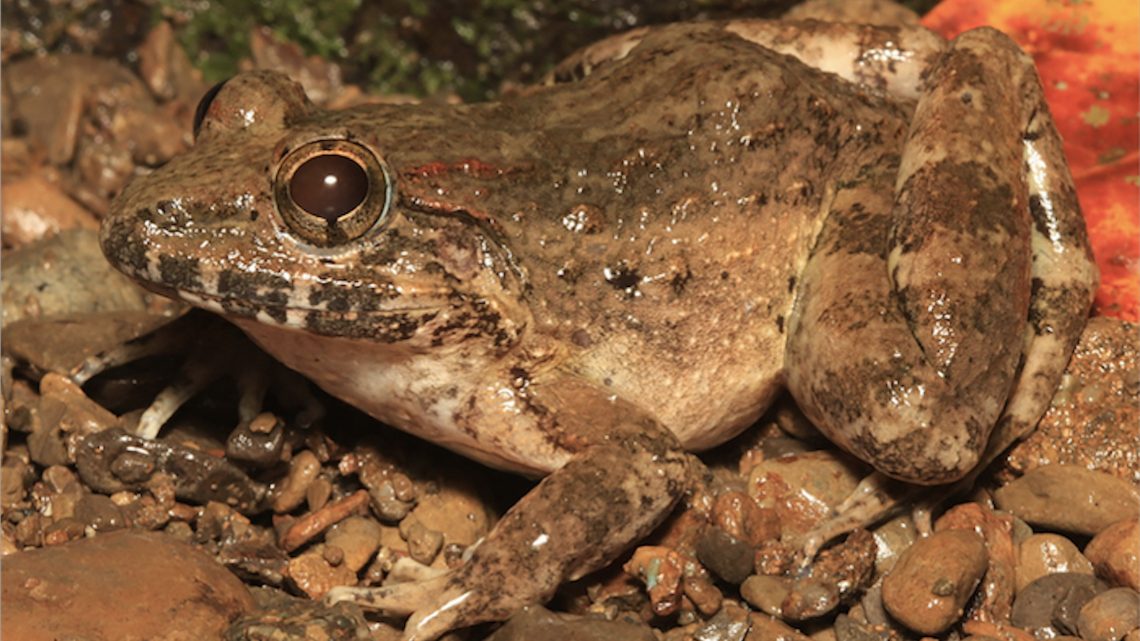
Check Out This ‘Freaky’ New Frog Species Found Hiding in Plain Sight
May 10, 2021Researchers have discovered a new species of frog with tiny fangs on an island in the Southern Philippines, a creature that was long mistaken for another until audio recordings helped set it apart.
The Mindoro fanged frog or Limnonectes beloncioi was named after Mindoro Island, a place also known as the home of the tamaraw or dwarf buffalo. The frog is almost indistinguishable from a species living elsewhere in the archipelago nation, a team of researchers from the University of Kansas said. But what sets it apart is the sound of its mating call, a detail that eluded observers for a century.
“This is what we call a cryptic species because it was hiding in plain sight in front of biologists for many, many years,” Mark Herr, lead author of the paper, told the university’s news service, which dubbed the discovery “freaky.”
“You can look at two different things, but to the human eye without intensive investigation they might seem the same,” he added.
The findings were published in the peer-reviewed journal Ichthyology & Herpetology in April.
The Philippines is one of the most biodiverse countries in the world, according to conversation groups. Its many islands host thousands of unique species, though habitat loss is an ongoing concern.
Researchers said the frogs appeared to be similar to Acanth’s fanged frog, which inhabits the island of Palawan, a popular tourist destination in the Philippines. But they suspected the two were different because the islands are hundreds of miles apart.
“Scientists for the last 100 years thought that these frogs were just the same species as frogs on a different island in the Philippines because they couldn’t tell them apart physically,” Herr was quoted as saying.
Recordings were needed to help solve the mystery, but they weren’t easy to get. The Mindoro fanged frog lives in streams and muddy river banks. Some people hunt them for food, so they are extremely wary of encountering humans. Their mating calls also happen well after sunset, which can make it harder to track them down.
“They call at night, but the second a flashlight or human voice wanders into the equation they’re just going to take off — because they know that they can be killed by people,” Herr said.
After compiling recordings, researchers found differences in the mating calls: the Mindoro frog’s call is a single note with slower repetition rate, rather than the two-pulse note of the other species. Genetic samples collected from years ago were also analyzed more recently, leading to the conclusion that this was, in fact, a new species of frog.
